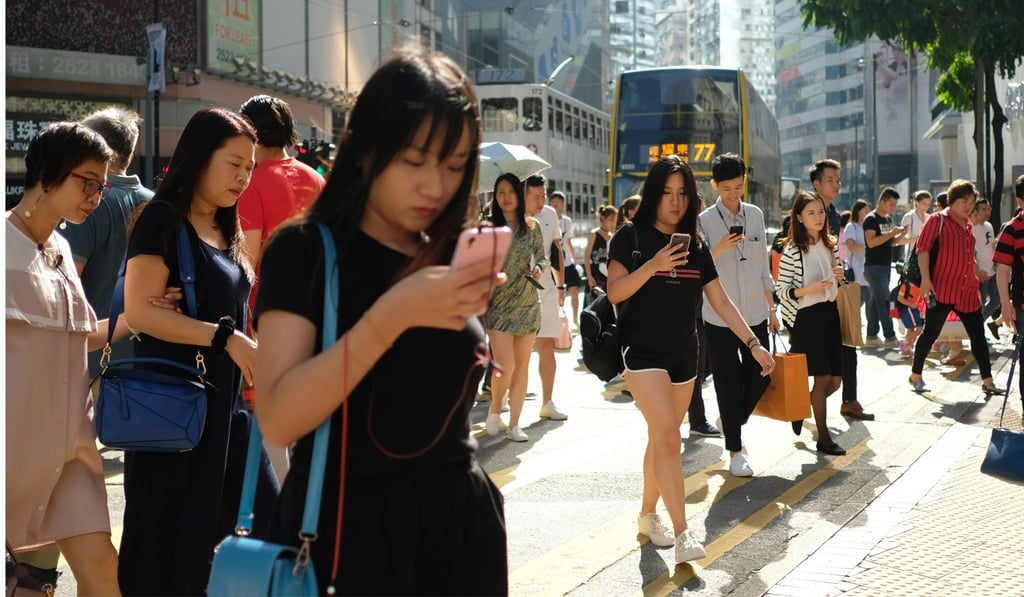Should Hong Kong say goodbye to public phone booths when more than half of them earn less than HK$1 a day?
- About 46 per cent of the city’s 3,400 public payphones are in street kiosks, which critics say get in the way of pedestrians or take up too much space
- Others say it’s time to think out of the box and add new functions to revive them

When was the last time you used a public payphone?
In smartphone-obsessed Hong Kong, probably not in a long time.
District councils across the city are debating whether to remove the once vital booths after it was revealed that more than half of payphones take in less that HK$1 (13 US cents) a day – the cost of one local call.
But it’s not yet the end of the line for the city’s 3,400 coin-operated payphones – although each costs about HK$6,000 a year to maintain – with differing views over what to do with them following a Communications Authority review that started last year on removing those with low usage.

Those who support their removal say the booths are now an obstruction for pedestrians and get in the line of sight of drivers, or take up too much space on narrow pathways.
Others argue that certain ones must be kept for emergency purposes, while some suggest adding new functions to booths such as allowing the use of Octopus cards, offering a battery charging service, or installing Wi-fi connections.